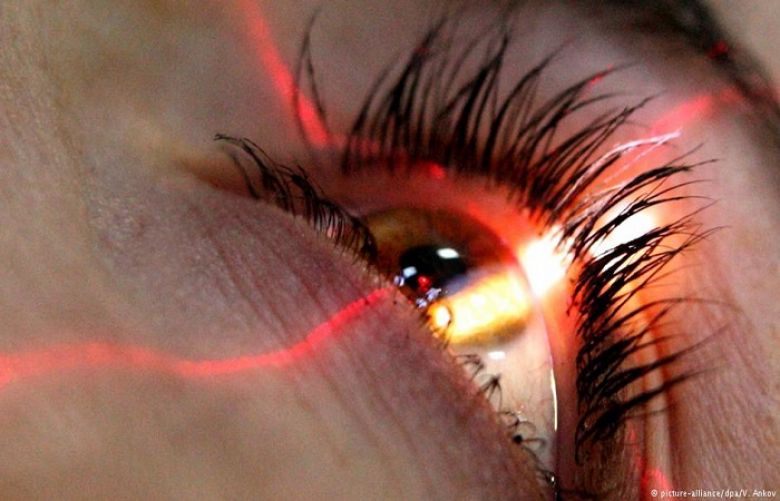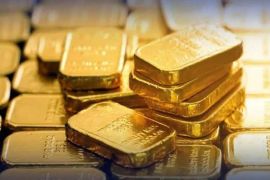The 2018 Nobel Prize in Physics recognized revolutions in laser physics. And the lack of a revolution in equality and diversity. Wow. What a day to be awarded the 2018 Nobel Prize in Physics after what just happened at CERN. You would have to be a steely old so-and-so — and totally not cynical — to think that the suspension of "a scientist" for alleged sexist — nigh on woman-hating — remarks would have had no impact on the Nobel committee's decision.
The 2018 Nobel Prize in Physics recognized "groundbreaking inventions in the field of laser physics." And CERN is the world's biggest particle physics laboratory — its business is lasers, basically. And it's a quasi-Laureate, having played a part in the detection of the once-elusive Higgs boson fundamental particle for which François Englert and Peter Higgs got the 2013 prize. So CERN is part of this male-dominated Nobel culture we slavishly celebrate once a year.
Personally, I fear the Nobel committee is so far removed from reality that it has yet to make the connection. And yet it's in all of our heads: the number of women in the sciences, the number of women who get recognized for their science and the everyday sexism that is just… everywhere.
Notably, though, this year's physics winners include Dr. Donna Strickland, who now holds the ominous accolade of "The third woman to have ever been awarded the Nobel Prize in Physics." That will surely follow her around like a bad smell. At the very least, it will distract from the science for which she, her one-time mentor Gérard Mourou, and Arthur Ashkin, are getting the prize.
I mean, look, we're at it already. And I'm not done yet.
That scientist, the one who was suspended from CERN on Monday, is reported to have said (there's no recording) that physics was "invented and built by men."
Well, that's bunkum.
Marie Curie — a woman, no less — was the first woman to win a Nobel Prize and only the fourth person to win the prize in physics in 1903 (although she had to share it with her husband, Pierre, and Antoine Henri Becquerel — but let's for once keep the men's names in parenthesis). Curie also attended the historic 1927 Solvay Conference on Electrons and Photons in Brussels. There she was in her rightful place next to Max Planck, Albert Einstein and Niels Bohr. Like those men did it all on their own.
But back to the Nobel Prize.
The 1903 prize recognized Curie (and the "other two") for their research on "radiation phenomena." Ironically, I believe, that research will have led in some part to the discoveries made by Strickland, Mourou and Ashkin.
Squashed light
So let's get to those discoveries. In reverse alphabetical order, we'll start with Strickland and Mourou, who are recognized for having "paved the way towards the shortest and most intense laser pulses created by mankind."
It was back in the 1980s, when Mourou was Strickland's PhD supervisor. Together they managed to create ultrashort high-intensity laser pulses, and, as a result, invented a technique now known as "chirped pulse amplification," or CPA.
The concept is relatively simple, but it still might help if you think of it like kneading and baking bread.
You take a short laser pulse (a bit of dough), stretch it in time (knead it), amplify it (let it rise), and then squeeze it back together again (knock it back down).
Okay … so the analogy only works if, like me, you bake a lot of bread. But that's essentially the process behind CPA. When you stretch a light pulse in time, its power drops, and that means it can be amplified — made louder — without causing damage to the amplifier (the yeast?). And then, when it's compressed, or squeezed, the light pulse gets stronger and more intense. That's the flavor of it, anyway.







